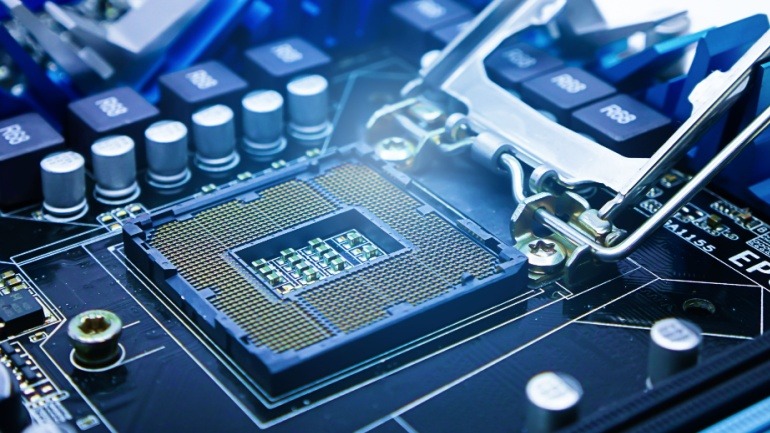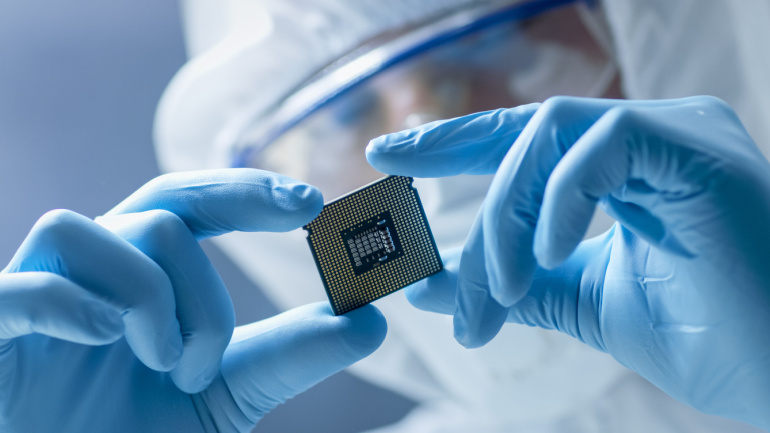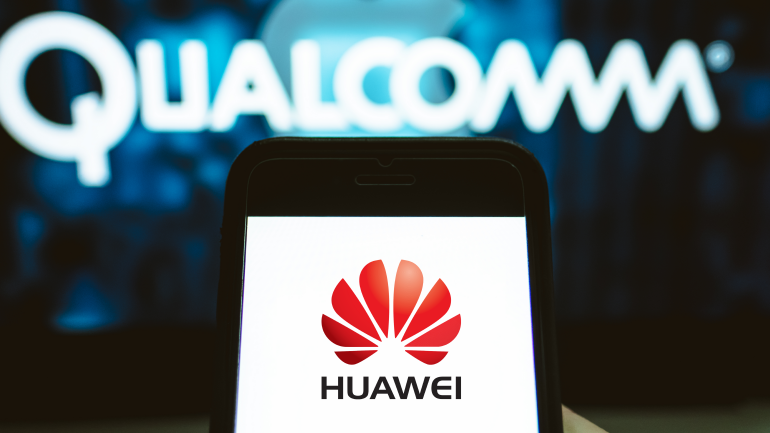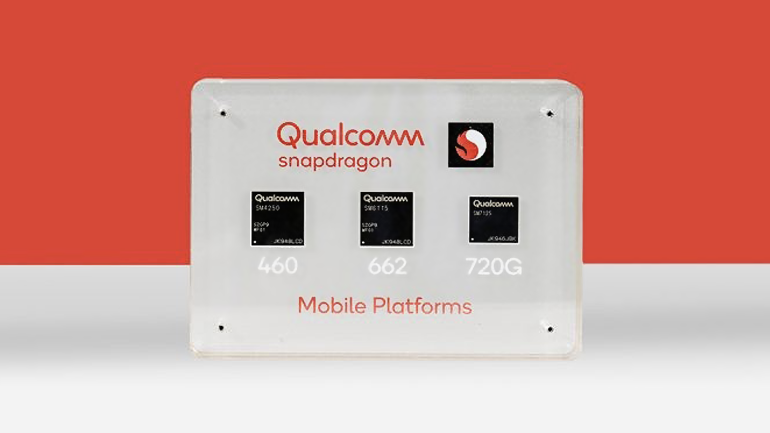Semtech has revolutionized fiber broadband with its new 50G PON OLT chipset, fully compliant with International Telecommunication Union standards. This innovation meets the growing bandwidth demands from applications like AI and cloud gaming.
Qualcomm has launched the Snapdragon 4s Gen 2, an affordable 5G chipset designed to boost its market presence. Featuring a Gigabit-capable modem but fewer high-end features, it’s aimed at budget-friendly 5G smartphones. Qualcomm’s new chip targets a growing market of cost-conscious consumers, with Xiaomi set to release the first device using the new platform.
Apple is venturing into the realm of artificial intelligence (AI) processing chips for data centers, as reported by the Wall Street Journal. This move positions Apple in direct competition with industry peers like Google and Amazon, which have already heavily invested in AI chip technology.
Exploring Apple’s groundbreaking leap in silicon innovation with their latest M3, M3 Pro, and M3 Max products, it’s evident that personal computer processing is being redefined. Promising substantially expedited rendering times and performance enhancements across the board, Apple offers these not as mere upgrades, but as game-changers in the hardware world. Furthermore, these innovations signal noteworthy shifts in the broader landscape of PC CPU chips, traditionally dominated by Intel and AMD, now facing exciting competition. Dive deeper to discover the impact of these changes in the world of technology.
Nvidia, the graphics processing unit heavyweight, plans to enter Intel’s domain with ARM-based chips tailor-made for Windows PCs, according to insiders. AMD, another significant player in this space, is also reportedly considering ARM technology. This move, potentially hitting the market by 2025, has been stimulated by Microsoft’s interest in duplicating the efficiency of Apple’s ARM-use in AI processing. Yet, Nvidia’s past attempt to acquire ARM was thwarted by regulators, putting the company’s motives under scrutiny as the PC CPU sector braces for potential disruption.
Vodafone’s collaboration with Salience Labs and iPronics aims to advance open radio access networks (open RAN) by harnessing the potential of silicon photonic chips. This light-based technology could promise enhanced network programmability and ultra-low latency powered by their increased speed and reduced energy consumption — elevating critical 5G capabilities. With silicon photonics making waves in data centers, the industry, poised for rapid growth, radiates intrigue on the horizon. Yet, it also questions current cost dynamics, especially around open RAN technology.
The American mobile chip making giant, Qualcomm, is trying to persuade the US government to allow them to sell its chips to Huawei for their 5G smartphones. According to reports, Qualcomm selling its 5G chips to the Chinese multinational technology company might end up helping American business. The US trade ban on Huawei has severely affected the manufacturer’s inventories. When the US increased sanctions against Huawei in May, it was immediately clear that it would be a huge blow to the Chinese seller, as the company would no longer be able to use components from US suppliers. In fact, the impact of sanctions quickly proved to be as expected. Just last week, Huawei announced that its latest flagship smartphone, Huawei Mate 40, would be the last model to use high-end Kirin processors manufactured by its subsidiary HiSilicon. The US trade ban on Huawei will not prevent the…
Even though fifth generation mobile communications technology is set to go mainstream, 4G, also known as LTE, isn’t going away any time soon. With this in mind, it is not surprising that manufacturers of telecom equipment continue to develop 4G-focused smartphone processors. US-based Qualcomm Technologies has launched three new Snapdragon mobile platforms aimed at 4G smartphone manufacturing companies. The Qualcomm Snapdragon 720G, 662 and 460 chipsets have been created to enhance user experiences across connectivity, gaming and entertainment applications. In a statement, the company said that these new mobile platforms provide high-speed 4G connectivity, deliver key Wi-Fi 6 features and integrated Bluetooth 5.1 with advanced audio via the Qualcomm FastConnect 6-series subsystems, support Dual-Frequency (L1 and L5) GNSS to improve location positioning accuracy and reliability, and are the first system-on-chip products to support Navigation with Indian Constellation (NavIC) satellite positioning system. Qualcomm said the new Snapdragon platforms also…
SoftBank aims to spearhead the artificial super intelligence era, highlights CEO Masayoshi Son. With strategic partnerships involving OpenAI and Arm, SoftBank envisions establishing a global AI platform akin to the dominance seen in tech giants like Microsoft.
Nokia leads the EU-backed Proactif project, tapping drones and robotics for infrastructure monitoring across Europe. With 43 organizations from 13 countries involved, and notable partners like Nvidia, the aim is revolutionizing surveillance of power grids.













